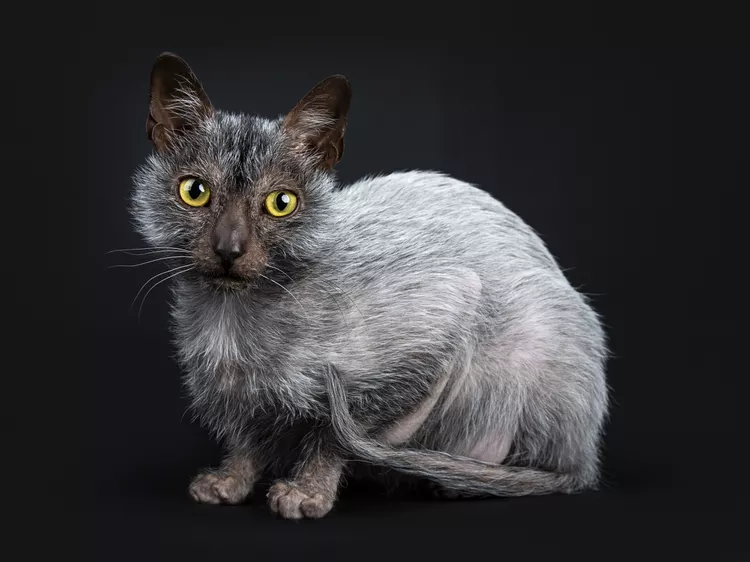
With a unique, partially hairless coat that lends a wolfish appearance, the lykoi looks like no other cat breed. Lykoi also have a hairless mask that connects the nose, muzzle, eyes, and ears, further suggesting the appearance of a werewolf. It should come as no surprise, then, that the breed name was derived from the Greek word "lycos," which means wolf.
According to the breed standard, the Lykoi’s coat should look like that of an opossum. The Lykoi’s coat seems like it would feel rough and wiry, but it’s actually soft and silky to the touch. There is no undercoat, and the guard hairs grow in varying amounts, which differs among individual cats and also throughout the year. Although some Lykoi are almost entirely hairless at times, in the show ring, more coat is preferable to less coat.
Lykoi should have roaning, which is a color pattern consisting of a mixture of pigmented hairs and non-pigmented white hairs (amelanistic hairs). Roaning is best seen on solid-colored cats, especially black roan.
Wolf-like looks aside, the Lykoi is far from scary. This is an outgoing, friendly breed that’s happy to meet new people and play. They are loyal and bond closely with their favorite humans. Lykoi are wonderful family cats that do best when kept indoors. If allowed to roam outdoors, their sparse hair coat makes this breed prone to sunburn and skin damage.
OTHER NAMES: Wolf cat or werewolf cat
PERSONALITY: Friendly, outgoing and playful
WEIGHT: About 6 to 12 pounds
LENGTH: About 11 to 14 inches.
COAT LENGTH: Hairless, short
COAT COLOR: Black/ebony in solid or color point patterns
EYE COLOR: Gold preferred
LIFE EXPECTANCY: 15 to 20 years
HYPOALLERGENIC: No
ORIGIN: United States
The Lykoi is an extremely outgoing and sociable cat breed. The breed is known for getting along well with people of all ages, other cats, and even dogs (those that are gentle with cats). Lykoi love to play! They, of course, enjoy playing with their people, but they will also happily play with other cats or even by themselves if need be. Many even like to pay fetch just like a dog. Once they burn off some energy, Lykoi might pause for a few snuggles, but they will likely be off again in search of entertainment before too long. This breed should be kept strictly indoors due to their sparse hair coat. Like fully hairless cats, Lykoi are prone to sunburn and may also cut or scrape their skin if climbing around outside. They can also get chilled quickly if outdoors in cold temperatures and are at risk of hypothermia.
The Lykoi is the result of a natural mutation that occurred amongst cats in a feral cat colony in the United States. Between 2010 and 2011, a few breeders health tested some of these cats and experimented with breeding. They discovered the gene for the partial hairlessness was recessive, so they outcrossed the Lykoi-type cats with black domestic cats to reduce genetic inbreeding. Lykoi may still be outcrossed with domestic shorthair cats today.
The Lykoi's unique coat doesn’t shed much and doesn’t need a lot of brushing, but it requires some special care. If you do brush, be sure the bristles are extremely soft to avoid scratching their delicate skin. Before buying a brush, test the bristles against the skin of your forearm to ensure they are soft enough.
Like fully hairless breeds, Lykoi need more frequent bathing than you might expect for a cat. Bathing with a moisturizing shampoo removes excess oils from the skin and prevents clogged pores, which can lead to blackheads—a form of acne. How often your Lykoi needs a bath varies from cat to cat. Ask your breeder or veterinary for advice on how frequently to wash your Lykoi and what shampoo to use.
Trim your Lykoi’s nails once a week or every other week to keep them short. Also get into the habit of looking inside the ears at bath time. If you see any wax or dirt, use a pet ear cleaner and cotton balls to clean the ears (never stick anything into the ear such as a cotton swab, which could damage your cat’s ear drum). If the ears look red or excessively dirty, schedule a checkup with your veterinarian.
Lykoi are extremely active, so make sure they have plenty of toys and places to climb and explore. If you provide enough toys, Lykoi are happy to play with anyone—you, another cat, even by themselves. Rotate the toys occasionally, putting some away and bringing different ones out to keep things interesting. Provide various scratchers in approved scratching areas in your house, trying both vertical scratchers (such as tall posts or cat trees) and horizontal scratchers (such as cardboard or sisal scratchers that lie flat on the ground).
Some purebred cats are more prone to developing certain breed-specific diseases. Lykoi have no known health concerns besides skin problems, though Lykoi cat breeders have their adult cats screened for good health and various problems common in cats prior to breeding them to keep from passing unwanted health issues on to kittens.
The Lykoi is a medium-sized cat with a unique, partially hairless roan coat and hairless mask on the face that lends a werewolf-life appearance. The ears are large and hairless, and the eyes are medium and oval to round, with hairless rims. The nose is hairless. The Lykoi is slender with solid medium boning. The hair coat is sparse, with no undercoat. The coat of the black roan Lykoi is a mixture of solid black and solid white hairs, which contributes to the cat’s wolfish look.
As with all cats, the Lykoi should not be allowed to become overweight, which can lead to obesity-related health issues like diabetes and heart disease. To keep your Lykoi lean, feed adults measured meals twice a day rather than free feeding (keeping the food bowl filled all the time). Young kittens should eat three times a day. If you’re not sure what to feed or how much food your Lykoi should be eating, talk to your veterinarian.
The Lykoi is extremely rare. If you long to purchase a Lykoi kitten, prepare to get on a long waiting list. The Cat Fanciers' Association and The International Cat Association both list active Lykoi breeders on their respective websites. It’s unlikely that you would find an adult or kitten Lykoi in an animal shelter or rescue group, but breeders might know of someone looking to re-home their adult Lykoi. It’s also possible, though rare, to find a domestic shorthair with a Lykoi-like genetic mutation in a shelter or with a rescue group.
The Lykoi’s werewolf appearance is a definite conversation starter, and people eventually fall in love with this breed’s sweet, fun personality. Happiest when playing with you, the Lykoi is neither independent nor shy but a ball of fun-loving energy. They get along great with almost anybody, human and animal, and just want to be part of the action. They might swing by for a quick cuddle if your lap, especially if it’s cold out, but they will soon be off looking for their next adventure.
Friendly, outgoing and playful
Gets along with kids, cats and dogs
Does not shed much
May pester you for attention
Doesn’t do well if left alone for long periods
Need frequent bathing
If you like the Lykoi cat, you might also like these cat breeds:
· Donskoy
· Sphynx
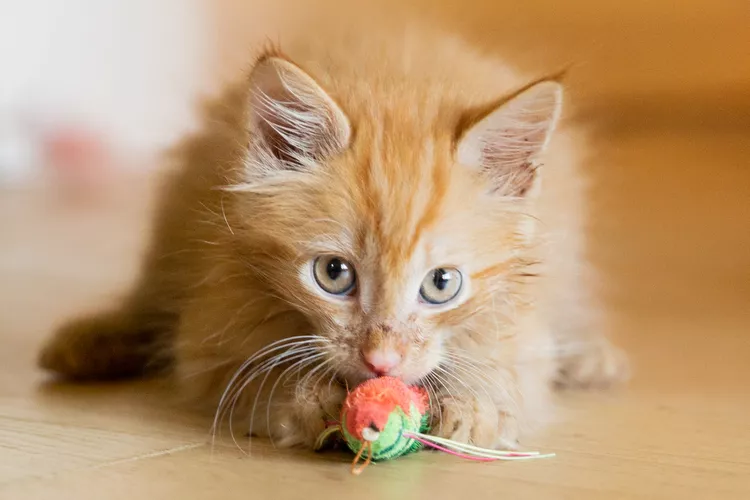
How to Keep Your Kitten Safe While Playing
While letting your kitten play and explore is important to its mental development, you need to make sure that what it's playing with is safe.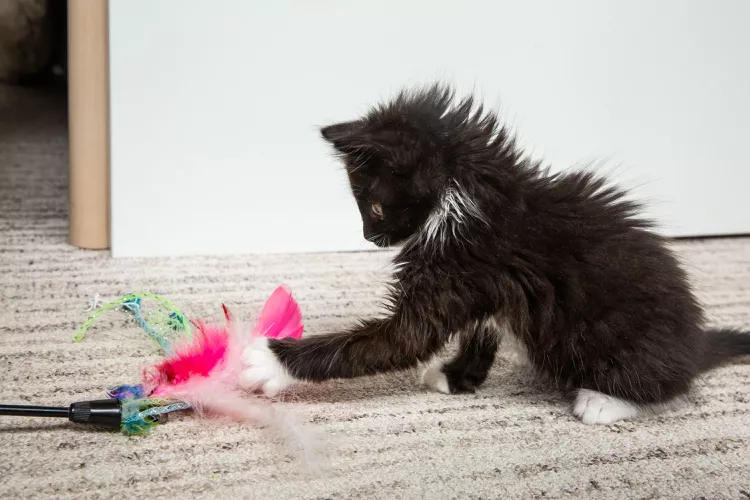
Kitten Development From 6 to 12 Weeks
Learn how kittens develop during the first 6 to 12 weeks and what signs of development you need to look out for with these tips.
5 Common Foods In Your Pantry That Are Not Safe For Your Pets
One potato chip is not going to hurt your pet, but there are other foods that can. Learn which to avoid and some safe foods that can be used as treats.
Fleas in Dogs
If a dog scratches, does that mean it has fleas? These biting bugs are no fun for dogs or their owners. Learn the causes, treatment, and prevention.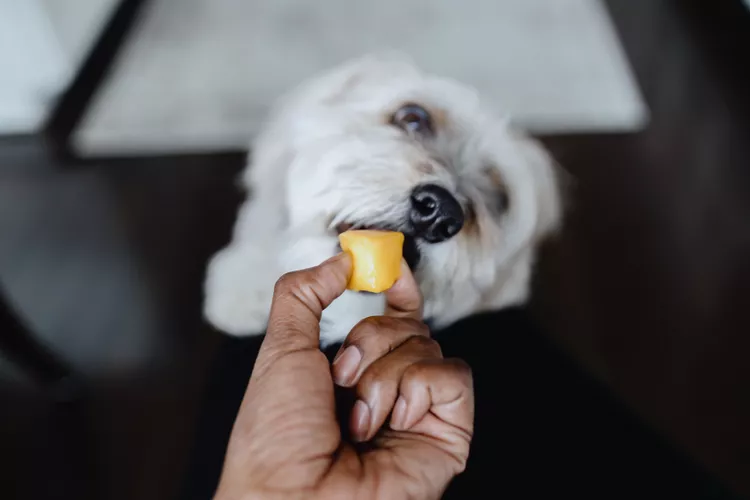
Can Dogs Eat Papaya? What to Know About Sharing This Tropical Fruit With Your Pup
Papaya is safe for dogs in moderation, and it can even provide some nutritional value for them. However, too much can cause digestive upset, and it's not suitable to share with dogs with certain health conditions.
Can Dogs Eat Parmesan Cheese?
It's no secret that dogs love cheese, but what kinds of cheese should you avoid? Is Parmesan cheese a good option to treat your pup to?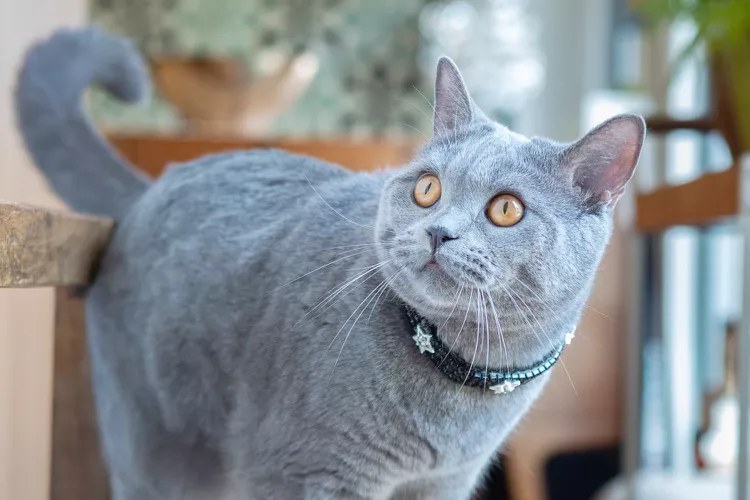
10 Cat Breeds That Have Blue-Colored Coats
Blue cat breeds have a uniquely colored coat that makes them stand out. The eye-catching blue coat often appears light to dark grey.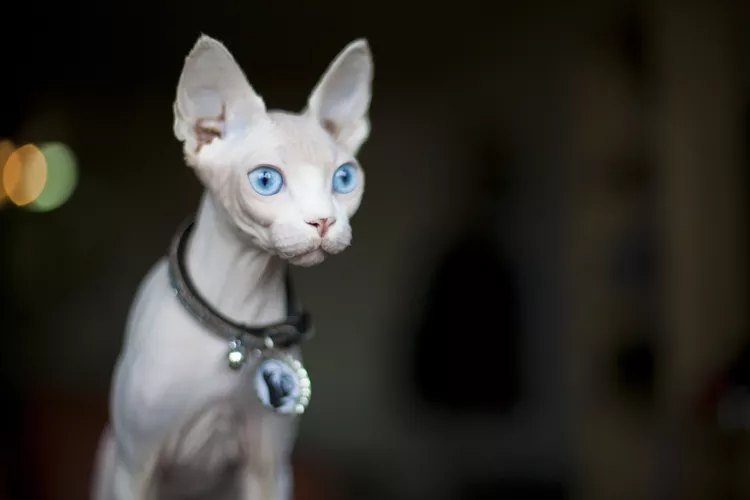
Sphynx: Cat Breed Profile, Characteristics & Care
The sphynx cat is a hairless cat breed known for their playful and affectionate nature. These cats do have special needs. Learn about the sphynx cat breed’s appearance, temperament, health, and care.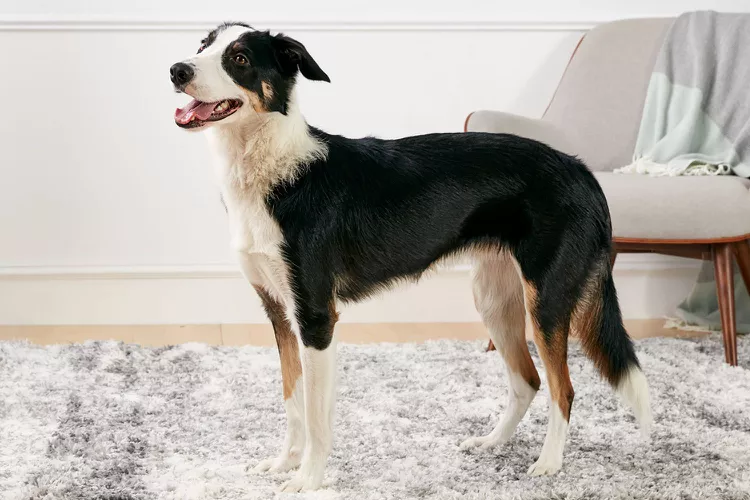
Border Collie: Dog Breed Characteristics & Care
Learn about the border collie, a popular herding breed. They're a smart and energetic dog that's also a great companion to the right pet parent.
Beagle: Dog Breed Characteristics & Care
Learn about the beagle, one of the most popular dog breeds in the world. They are known for being a cheerful, comical, loud, and energetic family dog.
How to Grow and Care for Living Stones
Find out how to grow living stones, unique miniature succulents that look like pebbles. This guide covers how to care for living stone plants, including watering them just right to keep them thriving.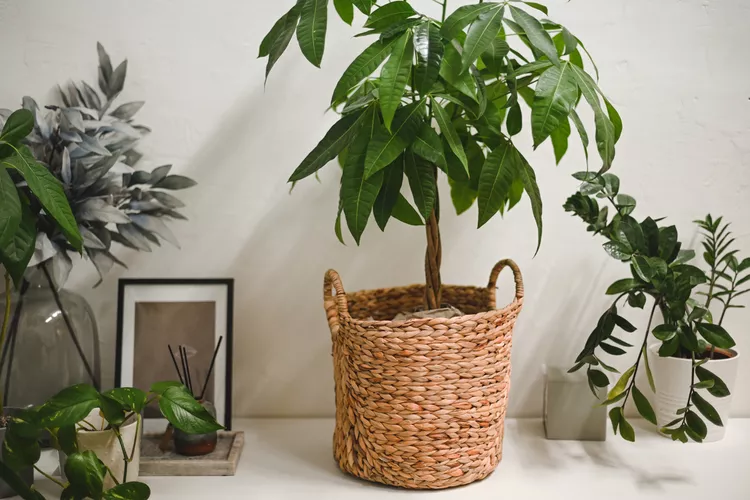
How to Grow and Care for a Money Tree Indoors
Money trees make beautiful, easy-care houseplants. Use this guide to grow a money tree indoors.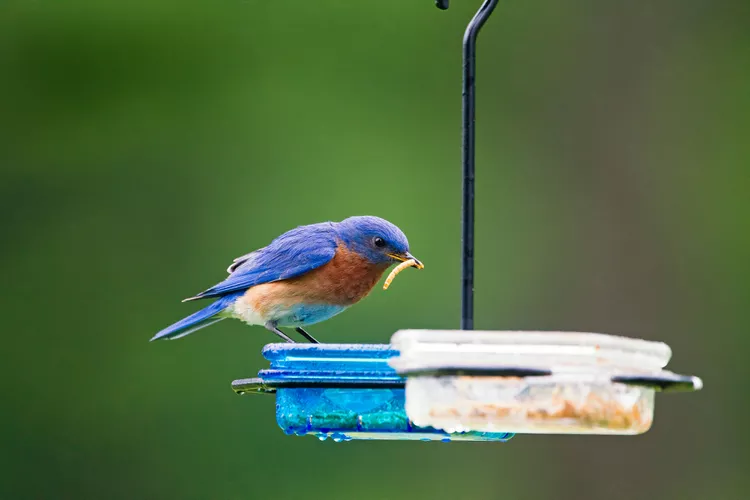
How to Attract Bluebirds to Your Yard: 11 Must-Know Tips
These tips on how to attract bluebirds will help you create a welcoming habitat. Discover the best types of foods, birdhouses, water sources, and more for attracting bluebirds.
How to Propagate Clematis from Cuttings and Layering
Learn how to propagate clematis successfully with this step-by-step guide on two different techniques.
How to Plant and Grow Black Chokeberry
Learn how to use and care for this low-maintenance native shrub, including planting tips and the best types of black chokeberry to grow.
This Low-Water Garden Plan Will Look Vibrant Through Droughts
This low-water garden plan will keep your plants vibrant all throughout the hot, humid summer.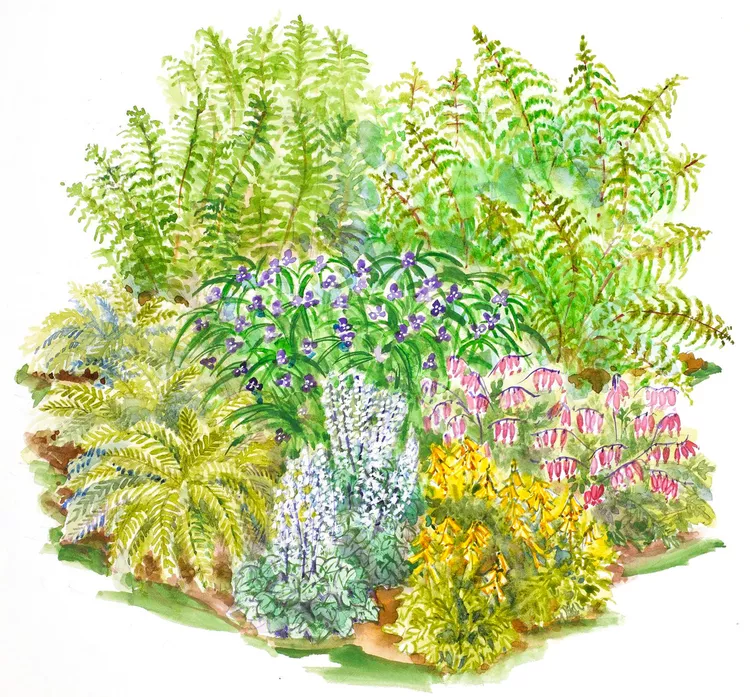
This Woodland Garden Design Overflows with Shade-Loving Plants
Easy-care native ferns add luxurious foliage from spring to fall. Other shade-loving perennials complement the soft textures with colorful blooms.
11 Essential Tips for Growing Vegetables from Seed for Beginners
These beginner-friendly tips on growing vegetables from seed will help you successfully kick off your edible garden in spring.
Should You Use Shredded Rubber Mulch in Your Garden?
Rubber mulch is widely touted as a game changer in landscaping, but does it live up to the hype? Find out the pros and cons of using rubber mulch.
How to Plant and Grow Cattail
Learn to care for this easy-growing aquatic plant, including tips for pruning, propagating, and planting.